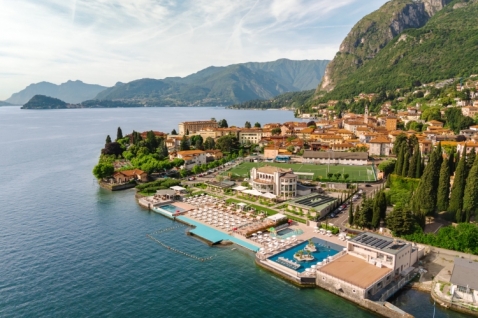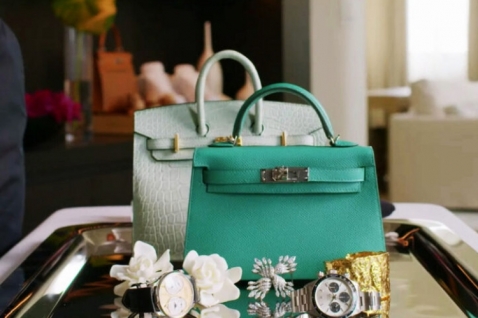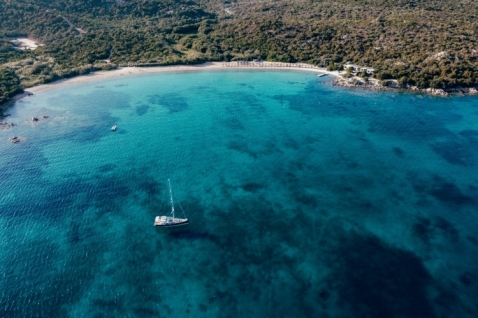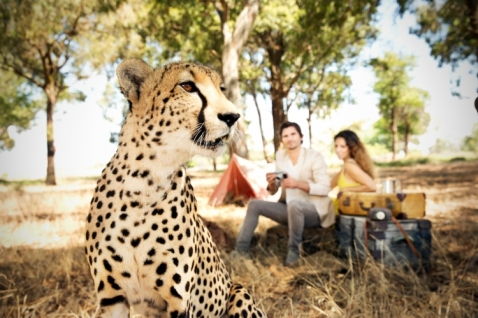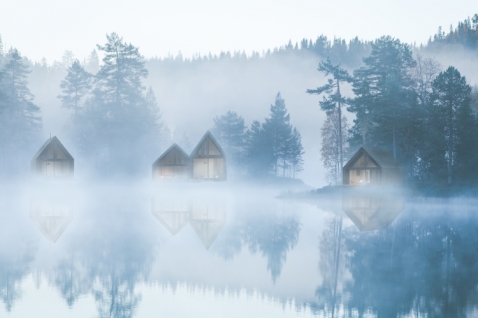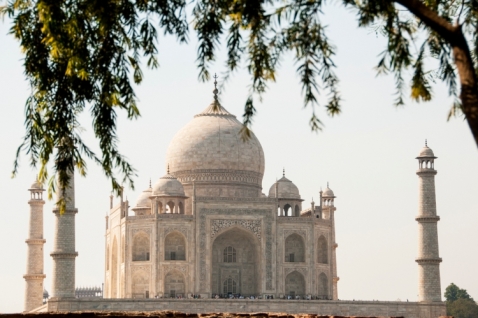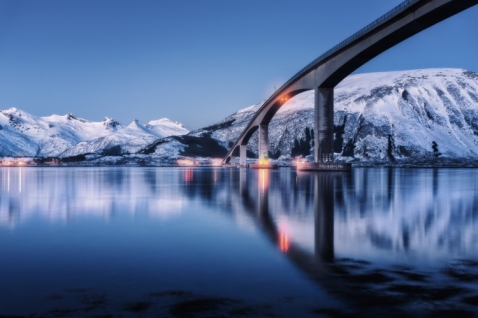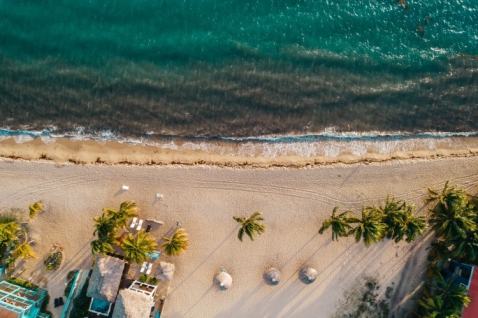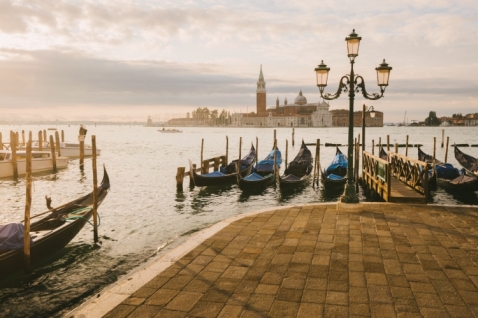The Maltese islands form a small Mediterranean archipelago, consisting of Malta, Gozo, Comino, Cominotto and Filfla...
Malta is the largest member of the group and is by far the most popular as a holiday destination, measuring only 21kms (13 miles) wide by 14kms (9 miles) deep at its furthest points, and some 27kms (17 miles) from corner to corner. Gozo is a smaller island, and Comino even smaller. Cominotto and Filfla are tiny uninhabited rocks. Valletta is the capital city of Malta.
The Maltese Islands are generally regarded as a beach destination with unrivaled historical monuments thrown in for good measure. But the islands also offer a colourful nightlife.
The ’standards’ are all here – discotheques, restaurants, casinos, cinemas, wine and jazz bars, theme evenings, sunset cruises and culture galore in the shoulder months.
Paceville Malta: Nightlife Village
In Malta we have this small town called Paceville, where it consists only of restaurants, hotels, beach, discotheques, bars, cinemas, bowling area, casino, and anything related to entertainment! Everything is located next to each other so it is easily accessible. Most tourists spent their nights in this place, and definitely many sexy maltese women and men.
Maltese cuisine
Maltese cuisine is the of-spring of a long relationship between the indigenous people of the islands and the many foreign dominations over the centuries. Nowadays, since tourists are getting more interested in the Maltese culture itself, more restaurants are including a lot of the Maltese specialities. There are quite a few places to be sought out by the inquisite tourist, ranging from unpretentious family-run village bars.
They do specialise in the national dish “Fenek” (rabbit), “Bragioli” (Beef Olives) or “Lampuki Pie” (Fish), to beautiful old courtyard restaurants where the menu is more extensive, in an ambience of trailing bougainvilla and jasmin, in houses that once belonged to the Maltese nobility.
A favourite delicacy with coffee or tea is “kannoli”, believed to have originated from Sicily. This the is “mouth-watering”, tube shaped confection of deep-fried crisp pastry stuffed with fresh ricotta cheese and sweetened with pieces of chocolate and candied fruit. After dinner you may also be offered “helwa tat-Tork”, a very sweet sugary mixture of crushed and whole almonds.
Valletta, a City built by gentlemen for gentlemen. La Vallette, a cultured man with vision, decided that the new city should not only serve as an impregnable fort, but should also become a strong point of culture, economy and politics in the world. He therefore decided that Valletta should become “a city built by gentlemen for gentlemen”. In honour of its founder, it was to be known as Valletta. Valletta was to become Malta’s chief town, instead of El Borgo (Vittoriosa).
All the buildings are built with the same characteristics. They are not allowed to jut out into the streets, front gardens and gaps are forbidden, every building has a sculpture on each corner, mostly a saintly one, each house has a well to collect rain water and most important, that they are connected to the public drainage. Running parallel with the domestic and administrative constructions, the fortification of the city had top priority. The most vital element of this was a huge moat which ran between the two harbours, seperating Valletta from the Mainland. Almost 1,000 metres long, 20 metres wide and 18 metres deep, this would afford Valletta the greatest protection.

